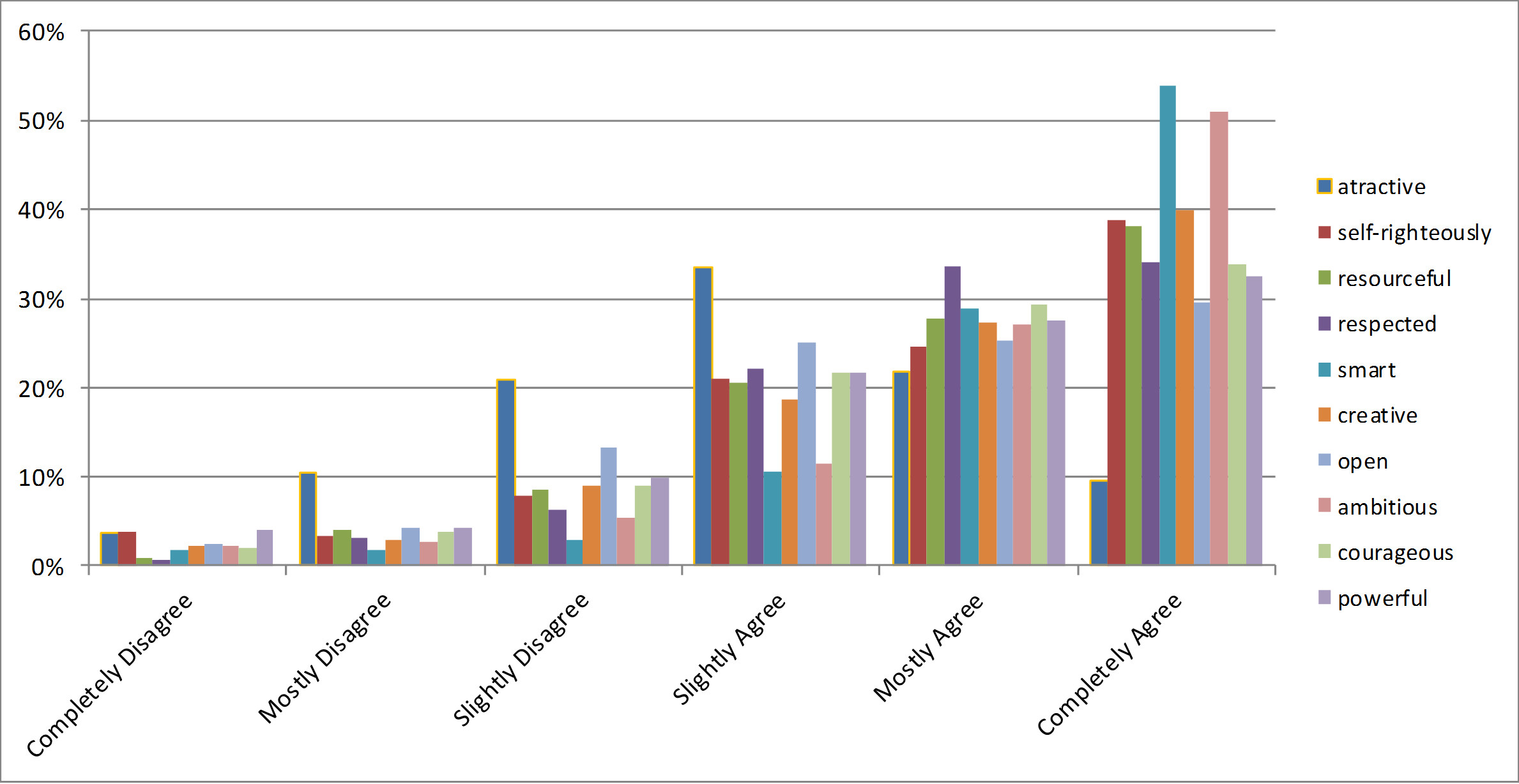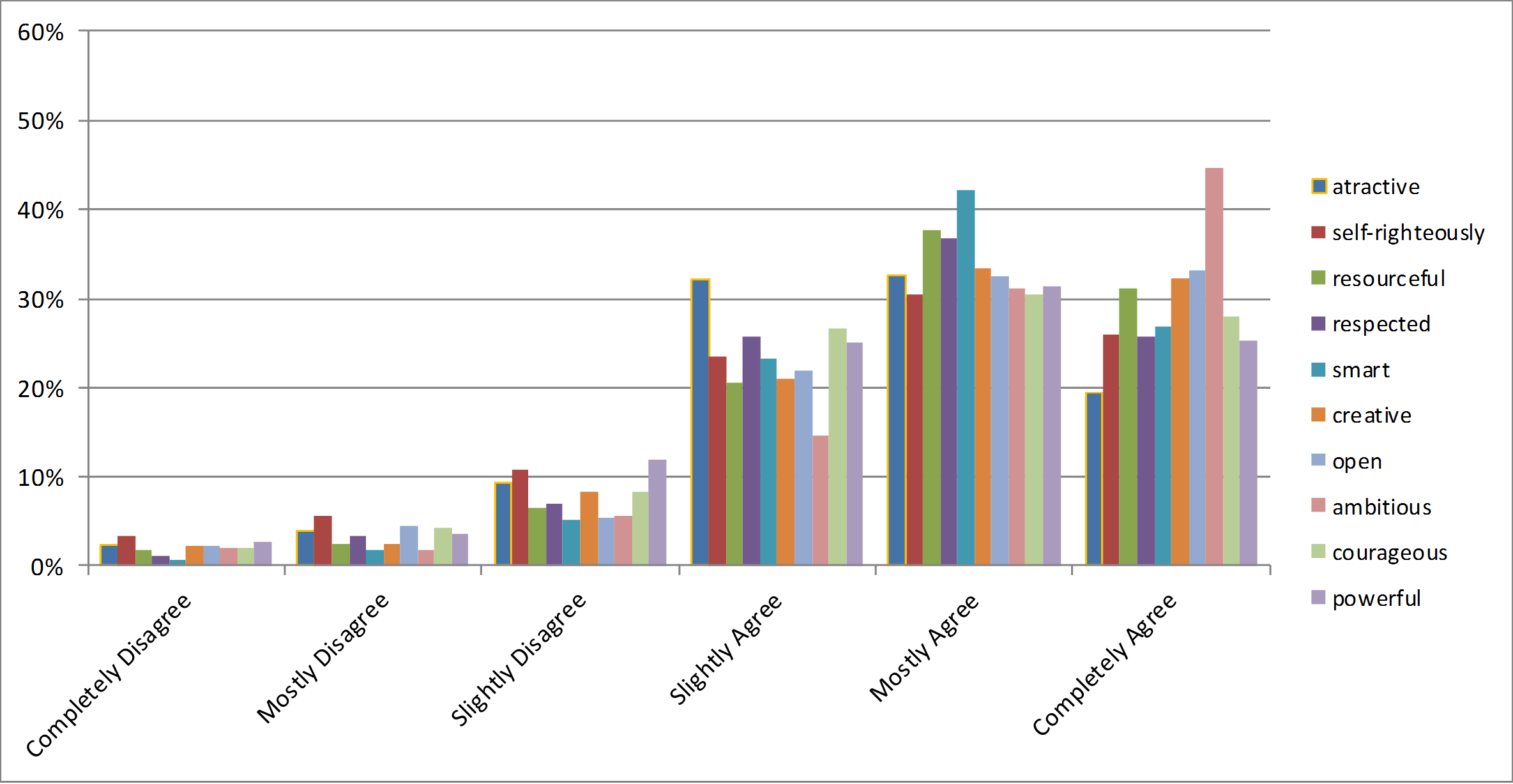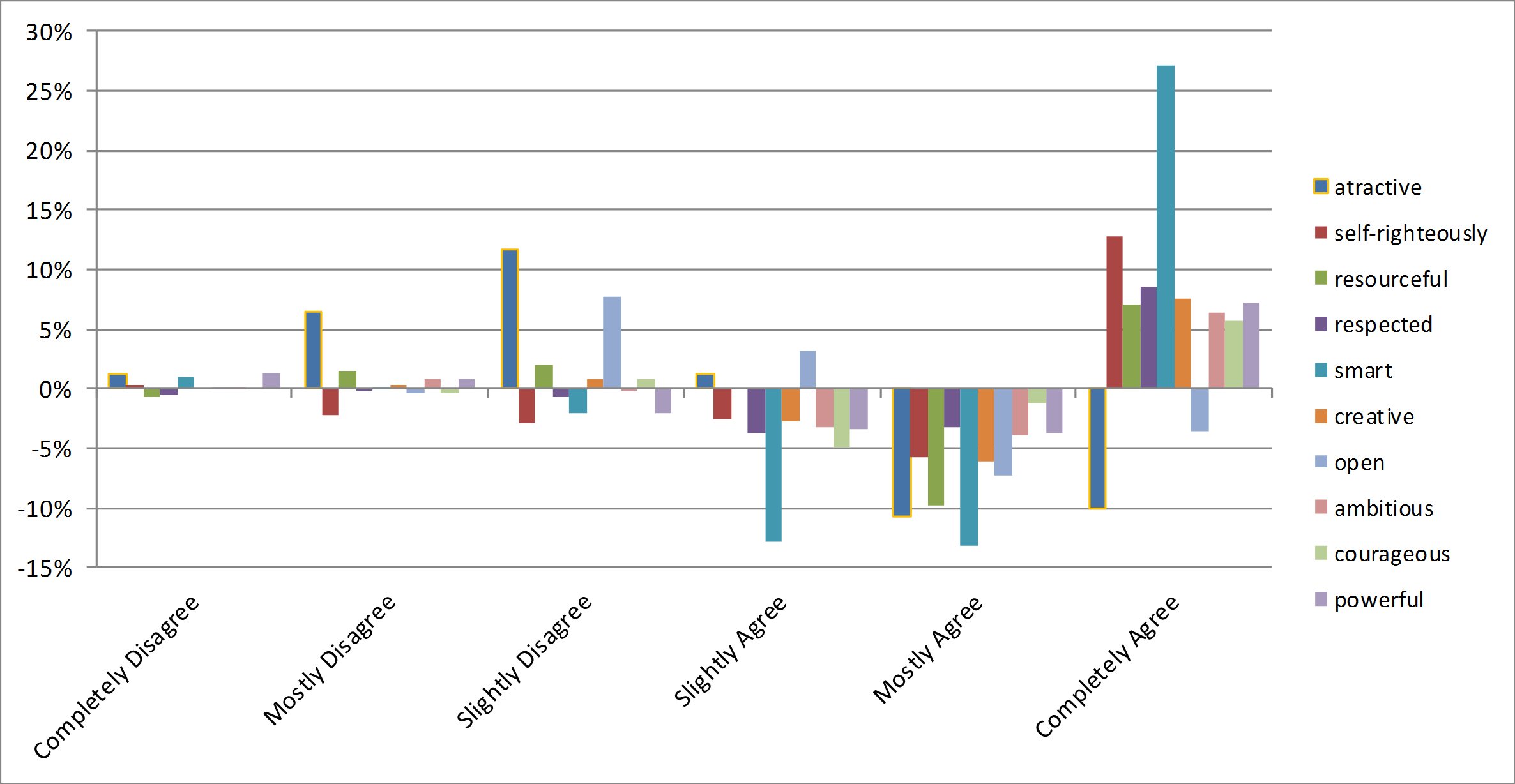Abstract
The teacher represents one of the key-persons who can influence the student’s personality in a significant way. Often, the teacher’s mission has been compared with an artist who shapes the own creation, seeing its masterpiece in an ordinary bunch of clay. But being a teacher does not mean just to have scientific expertise in a particular field and pedagogical skills - here, it is also a matter of sacrifice, dedication, passion and consciousness, leading to be a model for the students. More, the teacher’s influence transcends the time and the school space. A good teacher can change the student’s life. Just as a teacher who is not aware of its own role can permanently cut the young wings. This can be happened in a period like the adolescence, when the younger’s self-image is crystallized. In this context, the teacher represents one of the most important modelers who contributes to the perfection of this irreversible process. This present paper tries to highlight the relationship between the
Keywords: Actual-selfideal-selfself-imageself-esteemstudents’ feedbackPROFILES Project
Introduction
A model is a person inspiring us, someone from whom we can learn something and who remains imprinted on our soul and on our mind. For younger students, the teacher is always the authority the student refers himself to, who knows everything and who does everything correctly. For older students, adolescents, the teacher is a lighthouse of attitude, behavior, a source of experience. For each age stage, the teacher accomplishes another role: an educator, a friend, a counselor, a parent, a moral landmark, a leader, an example of life. The greatest challenge for a teacher is not to disappoint the students, not to lose their trust and to keep his place in their individual value hierarchy. The teacher is responsible for the good education and training of the students, he/she must be able to choose the best way for each child, guide each child to discover the taste of knowledge and plant in each soul in turn the desire to evolve, to be always better. The mission of the teacher is a difficult one, because he is working with living, unique, special beings, whose potential needs to be discovered and who must be helped to understand life, to be prepared for it.
A good teacher educates, guides, inspires and can change the lives of his/her students. Beyond the transferred knowledge, the teacher has the role of shaping the students as independent persons, able to succeed, to get integrated in the society. To be a teacher is an art, it is a gift but also a sacrifice, a difficult profession, with sacrifices and a lot of work, with responsibility assumed and the conscience of one’s mission, but it is also a beautiful profession, bringing satisfaction and spiritual accomplishment. The influence of the teacher in the life of his/her students goes beyond the threshold of the school years, it is felt throughout his/her life, because the trust the teacher gives unconditionally to his/her students is the foundation or the structure on which the trust in one’s person and one’s self-esteem are built.
Problem Statement
The relation between self-image and self-esteem in adolescence
The
The
The main role on shaping and developing one’s self-esteem goes to the family, but also the school, the relations with the others, the friends, teachers, environment, can significantly influence the one’s self-esteem. This process begins in the early childhood and grows at adolescence.
There are two forms of self-esteem:
-
-
The self-esteem is closely related to the
Our self-image is strongly affected by our aspirations and ideals and is built depending on certain hypostases of the self: self-perceived self (the concept of self) and ideal or desired self, namely the way we would like our person to look like, under multiple aspects (Iluț, 2001). The present self is what the individual is at present, the desired self is what the person wants to be or seem like, to meet expectations, to be accepted by others, to face the pressure of the environment (Zlate, 2002). The discrepancies between the self-perceived self (present self) and the ideal (desired) self, indicate the extent of one’s self-esteem. Higgins (1987) considers that the discrepancies between the real self and the ideal self are associated to the emergence of negative emotions, disappointment, un-satisfaction; a great distance between the present self, perceived and the desired self leads to the emergence of depressing states, and the level of one’s self-esteem is related to the value or importance and significance that the subjects attach to the qualities desired (Iluț, 2001). The lack of correspondence appearing in the structure of the self-image, generated by the conflict between the real self and the ideal self, has a negative influence on the self-esteem.
The teacher′s role in the process of self-esteem crystallization during adolescence
The adolescence is the period when significant changes occur on the personality level, in many directions, it is a period characterized by preoccupation in the sphere of self-knowledge and self-definition, of the discovery of one’s limits and physical and psychological capacities, in point of relating and adaptation. Perkins (2001) shows that, in the attempt of defining themselves, the adolescents look for answers to the following four questions:
-
-
-
-
In the process of search and formation of the self-esteem, the teacher has a very important role, his/her expectations from his/her students influence their perception on their own person and the obtaining of performances - an effect known in psychology as the
Research Questions
Starting from the premise that the
Purpose of the Study
The research had the purpose to identify the features specific of a high
Research Methods
Having the purpose to search and highlight the relation between the
The indicators specific of self-esteem are:
The research sample was made up of 529 high-school students who took part in the implementation process of
Findings
Figure

In figure

Figure

Conclusion
The students’ self-esteem is a valuable personal resource influencing the way they think, act, behave, and make decisions. Out of the undertaken research, it comes the aspects highlighting differences between the way the students think they are at this moment of their life and the ideal projection, as they would like to be. This must be understood at the age of adolescence, when the self-esteem is in full structuring process. The teacher, more than anyone, has the means necessary to the development of this dimension of the personality, so important on obtaining the waited success. The psychological implications of this study refer to two aspects significant for the set of problems related to self-esteem: the need to develop it, and the way the teacher, as a model, can contribute, voluntarily or involuntarily to the construction and definition of the self-esteem.
Acknowledgments
This work was funded through the Seventh Framework Programme
References
- Brown, J.D., Dutton, K.A., & Cook, K.E. (2001). From the top down: Self-esteem and self-evaluation, Cognition and Emotion, 15(5), 615-631.
- Golu, M. (2009). Fundamentele Psihologiei, Volumul II. București: Editura Fundația România de Mâine.
- Higgins, E.T. (1987). Self-discrepancy: A theory relating self and affect. Psychological Review, 94(3), 319-340.
- Iluț, P. (2001). Sinele și cunoașterea lui. Iași: Editura Polirom.
- Manning, M.A., Bear, G.G., & Minke, K.M. (2006). Self-Concept and Self-Esteem in Adolescents. In G.G. Bear & K.M. Minke (Eds.), Children’s needs - III: Development, prevention, and intervention. 341-356.
- Muntean, A. (2009). Psihologia dezvoltării umane. Iași: Editura Polirom.
- Perkins, D.F. (2001). Adolescence: The Four Questions. Gainesville, FL: University of Florida Extension.
- Rosenberg, M., Schooler, C., Schoenbach, C., & Rosenberg, F. (1995). Global self-esteem and specific self-esteem: different concepts, different outcomes. American Sociological Review, 60, 141-156.
- Trouilloud, D., Sarrazin, P., Martinek, T. & Guillet, E. (2002). The Influence of Teacher Expectations on Students Achievement in Physical Education Classes: Pygmalion Revisited. European Journal of Social Psychology, 32(5), 591-607.
- Zlate, M. (2002). Eul și personalitatea. București: Editua Trei.
Copyright information

This work is licensed under a Creative Commons Attribution-NonCommercial-NoDerivatives 4.0 International License.
About this article
Publication Date
30 July 2017
Article Doi
eBook ISBN
978-1-80296-026-6
Publisher
Future Academy
Volume
27
Print ISBN (optional)
-
Edition Number
1st Edition
Pages
1-893
Subjects
Teacher training, teaching, teaching skills, teaching techniques,moral purpose of education, social purpose of education, counselling psychology
Cite this article as:
Santi, E. A., & Gorghiu, G. (2017). The Teacher’s Role On Building The High-School Student’s Self-Esteem. In A. Sandu, T. Ciulei, & A. Frunza (Eds.), Multidimensional Education and Professional Development: Ethical Values, vol 27. European Proceedings of Social and Behavioural Sciences (pp. 700-706). Future Academy. https://doi.org/10.15405/epsbs.2017.07.03.83

